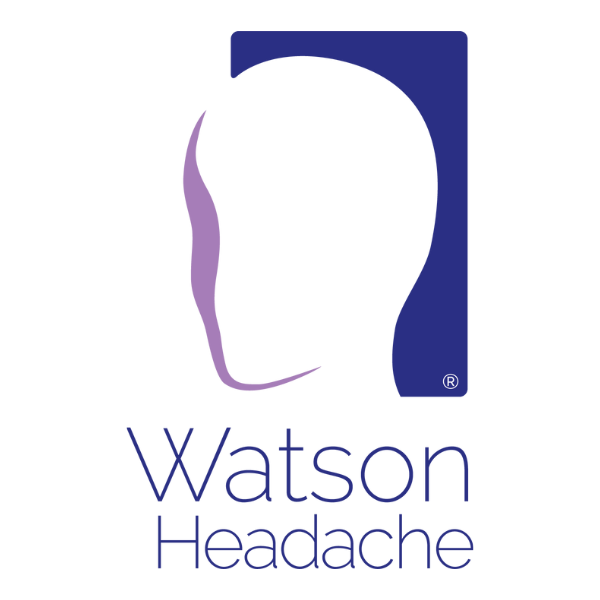Back in the lab, Watson attempts to clarify the neuroscientist’s explanation to his colleague, but the neuroscientist’s frustration grows, and interjects: ‘Let me take you back to basics.’
The neuroscientist goes on to explain that this disharmony is comparable to what is seen clinically and that at the core of this situation is sensitisation of the central nervous system (CNS) – this is called ‘central sensitisation’ (CS). “We know that this can occur because of an inherent issue within the CNS system or aberrant influences outside of, or peripheral to, (the CNS) but which contribute to the CNS.”
“Alright, but we’re back to the perennial question… how can we differentiate between ‘central’ and ‘peripheral’?” Watson inquires.
Differentiating Between Central and Peripheral CS
“Well, let’s consider CS occurring due to an issue within the CNS (like suboptimal serotonin or dysfunctional DNICs/CPM – ‘centrally-driven’ CS), while the peripheral influences (Trigeminal and Cervical) remain normal. If there’s an increased, sustained, subclinical peripheral input, it can worsen the ‘disharmony,’ potentially affecting other ‘tables’ at the ‘restaurant’; this is a fundamental clinical characteristic of centrally driven CS,” explains the neuroscientist.
Watson’s colleague then joins the conversation: “How do we ascertain which of the three central players is responsible?”
The neuroscientist delves into the complexity of the situation: “Despite the abundance of research suggesting connections between serotonin, DNICs, and CPM, the precise nature of these influences remains mysterious.”
“Right,” Watson’s colleague recalls, “you mentioned that mis behaviour from one of the ‘out-of-towners’ could contribute to CS. How can we identify this scenario?”
Identifying the Peripheral
“By eliminating the disruptive ‘visitor’ – Trigeminal or Cervical – and this can be relatively straightforward,” the neuroscientist responds.
Meanwhile, Watson, an active headache clinician, has been contemplating and is impressed by the neuroscientist’s knowledge. He interjects, “For the past 35 years, I’ve been intrigued by a clinical phenomenon. Could you explain how to interpret the reproduction and resolution of typical head pain when applying manual pressure techniques when assessing movements of the top 3 spinal segments?”
Integrating Science and Clinical Practice
As the neuroscientist contemplates the question, Watson continues, “My understanding is that reproducing typical head pain is a key diagnostic criterion for cervicogenic headache. However, based on what you’ve mentioned, there are scenarios where this could happen without it being cervicogenic headache.”
“Yes,” the neuroscientist affirms, “but if this occurs in a state of centrally driven CS, the head pain will worsen over time due to temporal summation as the technique is sustained.”
“Aha!” Watson’s colleague exclaims, “this correlates with the clinical manifestation of centrally driven CS.” The neuroscientist rolls their eyes…
“So, how do we interpret if the reproduced head pain remains stable?” Watson queries.
Recognizing that further discussion is needed and mindful of his upcoming staff meeting, the neuroscientist excuses himself. However, before leaving, he arranges to meet the next morning.

